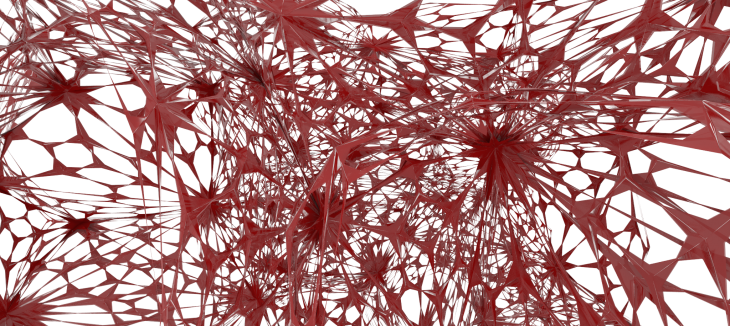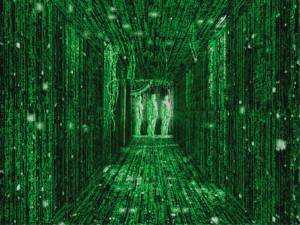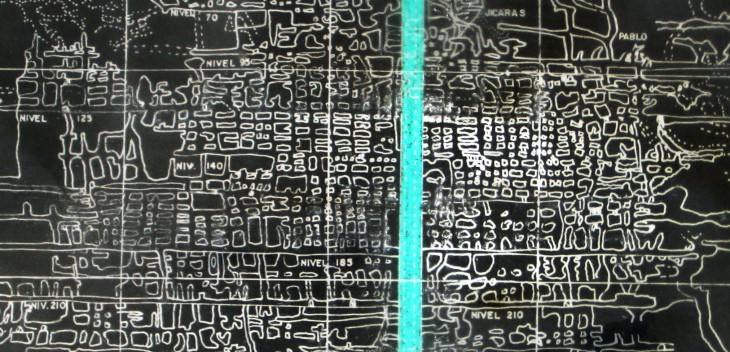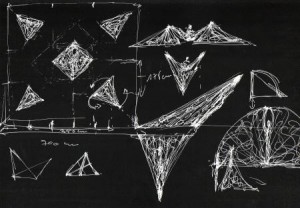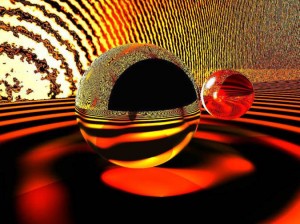Intro
When a designer makes a machine that can solve problems, the designer gets credit. When a machine like this can find a method of finding a method of solution, the machine is the one who makes the answer. The machine may be more creative than the designer.
The evolutionary Machine
This paper is about machines that can learn about learning about architecture. These are called architecture machines. When an architect and an architecture machine can work together, this can make an evolutionary system. Computers are useful tools, which do everything that a human will command it to do. Why do we need a machine to be able to learn?
Most things that a computer does make things only work faster. If computers worked smarter as well, then things would be more efficient.
Two concerns in machine assisted architectureArchitects can’t handle large scale problems because they are too complex. But architects ignore small problems because they seem unimportant. Because of this, architects rarely get to see homes that they designed.
To allow architects to be able to see the homes they design, it would be helpful to have machines that can learn. The machine would have to be able to respond to its environment.
The learning Machine
The 1943 theorem of M and P states that a robot constructed with regenerative loops of a certain formal character, is capable of deducing any legitimate conclusion from a finite set of premises. Learning is can be done from several failures which can lead to success. Failure needs to be recognized.
To be able to recognize failure and learn, an architecture machine needs 5 things: 1) heuristic mechanism, 2) a rote apparatus, 3) a conditioning device, 4) a reward selector and 5) a forgetting convenience.
1) Heuristic narrows the search, or limits the search for a solution. When a problem is observed, the machine will recognize the problem and make sure it doesn’t do anything related to what it just did. Thus it limits even more possibilities.
2) Rote learning is the storing (remembering) of an event and associating it with a response.
3) Responses which are repeated become habits
4) a reward selector
5) unlearning bad habits is as important as learning. This way the machine won’t make the same mistake twice
The whole body (of the machine) will always be changing
One supercomputer could be connected to all the other architecture machines, allowing the machines and the humans who operate them to be able to 1) acquire large bursts of computing power, 2) to acquire stored information, 3) to communicate with other architects and other architecture machines
The Seeing Machine
Communication is the discriminatory response of an organism to a stimulus. The machine needs a stimulus – a way to sense or observe things that happen in its environment.
For a machine to look like its designer, 3 properties are needed: an event, an idea, and a representation.
In an architect-machine partnership the most important sense (out of the 5 senses: See, touch, hear, smell, taste) is to see. Computer graphics are used a lot.
Oliver Selfridge ‘s “Pandemonium” machine “saw” things and said what it was
It’s possible to build an architectural seeing machine that observes different models
This research helps to learn by focusing on visual stuff
Machine is more of a mannerist than a student but it reverses the fashionable role of computersFor eyes of an architecture machine, problem is the opposite. Given a form, generate the criteria… learn from the criteria and someday generate new forms.
Computers are usually used to store information, which is used to aid an architect in designing something which is then created and observed. An architecture machine could look at something that is created and observed, gather the information, and create something better and new.
Events can be seen, heard, smelt, felt, extra-sensory or a motor command. In an architect-machine partnership the most important sense (out of the 5 senses: See, touch, hear, smell, taste) is to see. Computer graphics are used a lot.
Oliver Selfridge ‘s “Pandemonium” machine “saw” things and said what it was.
It’s possible to build an architectural seeing machine that observes different models, and this research helps to learn by focusing on visual stuff.
Machine is more of a mannerist than a student but it reverses the fashionable role of computersFor eyes of an architecture machine, problem is the opposite. Given a form, generate the criteria… learn from the criteria and someday generate new forms.
Computers are usually used to store information, which is used to aid an architect in designing something which is then created and observed. An architecture machine could look at something that is created and observed, gather the information, and create something better and new.


